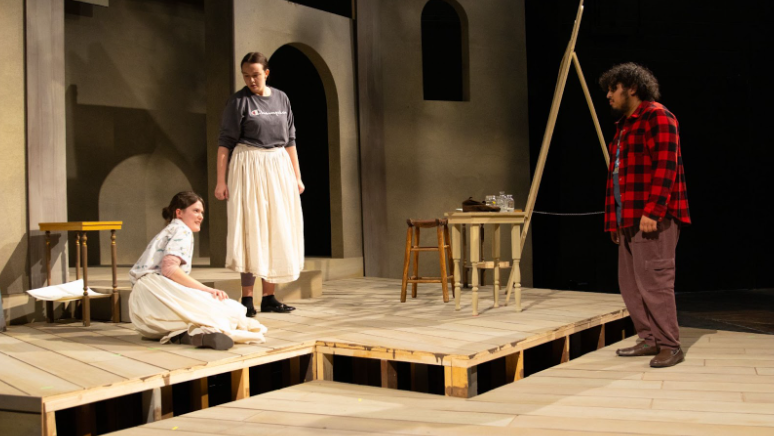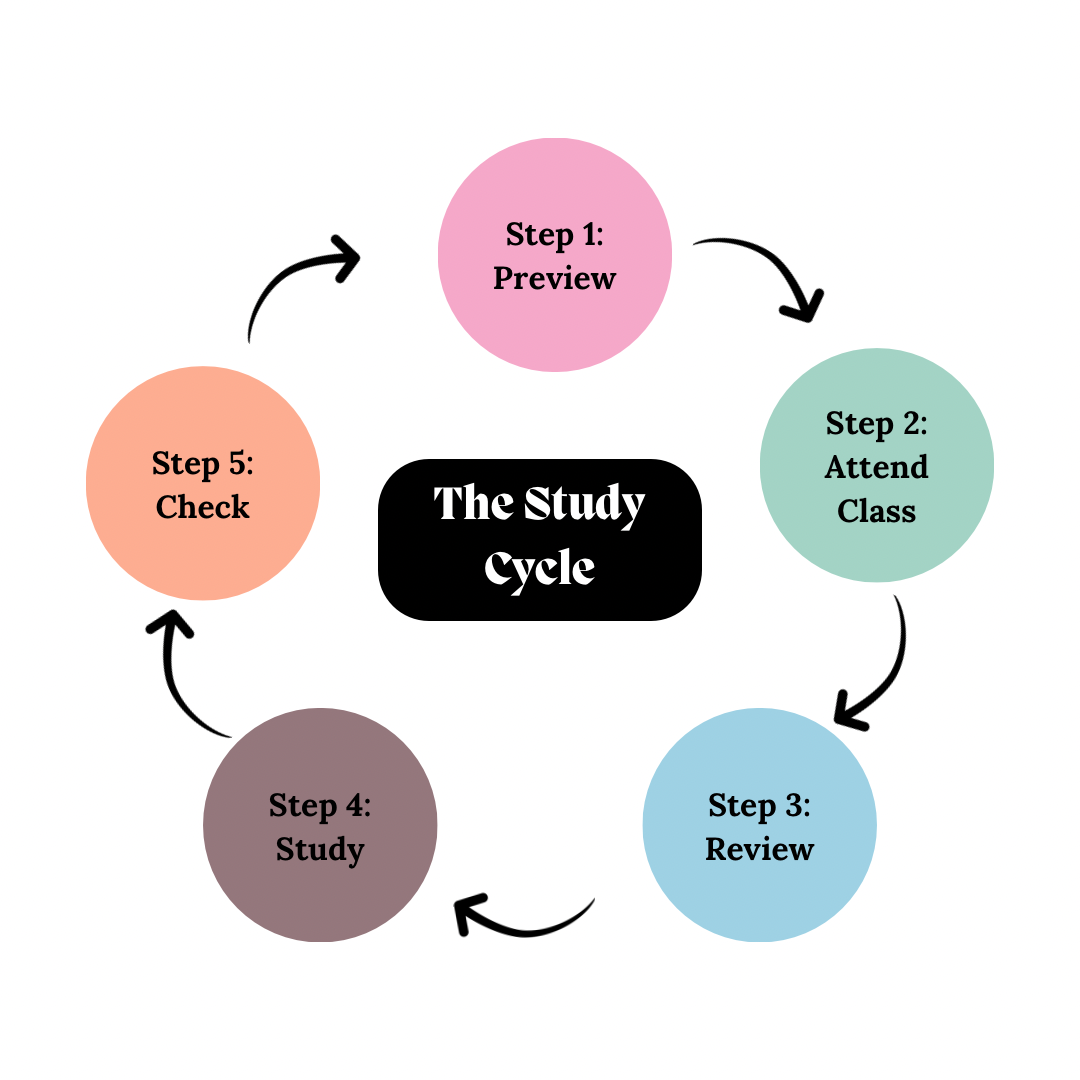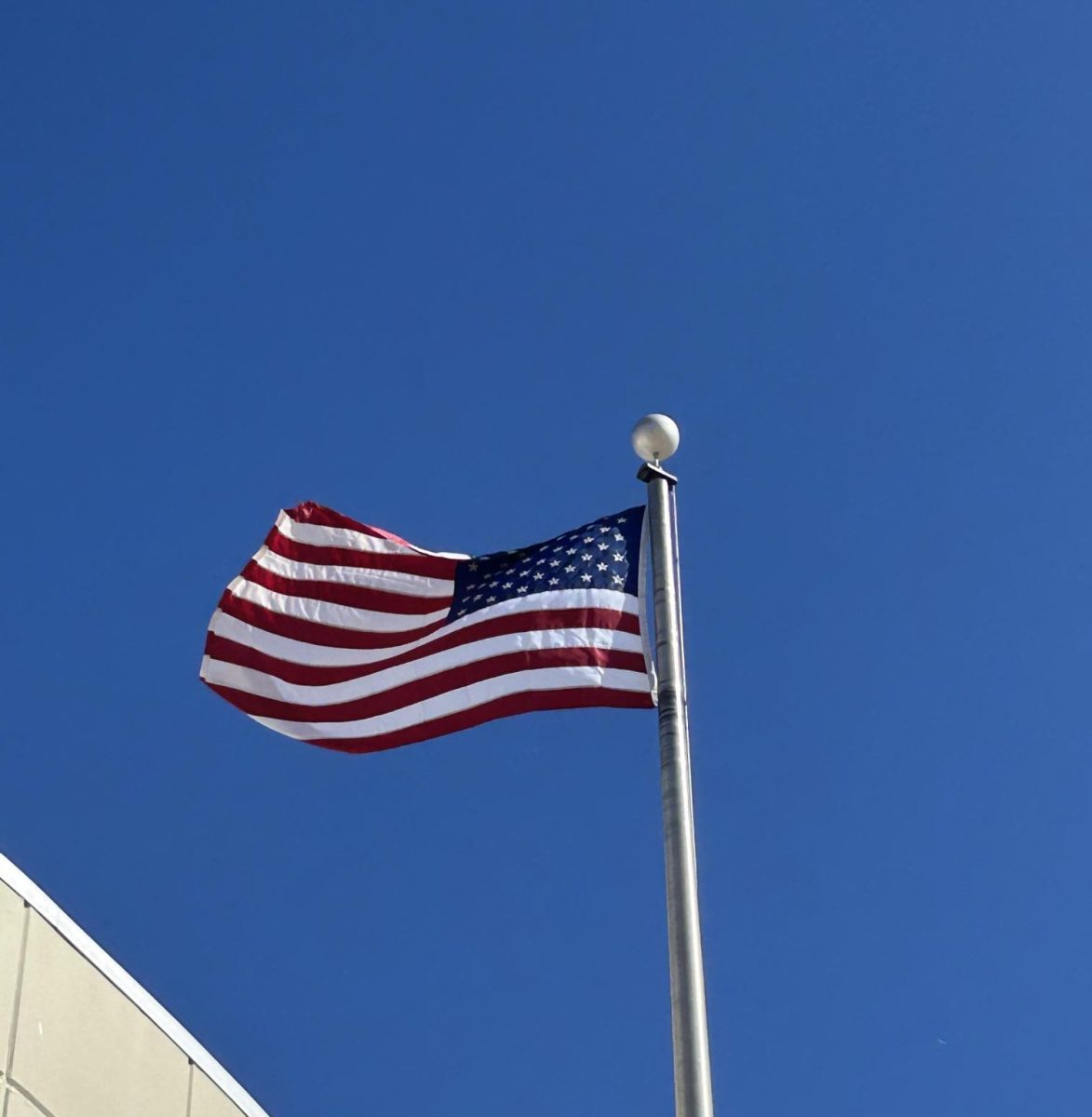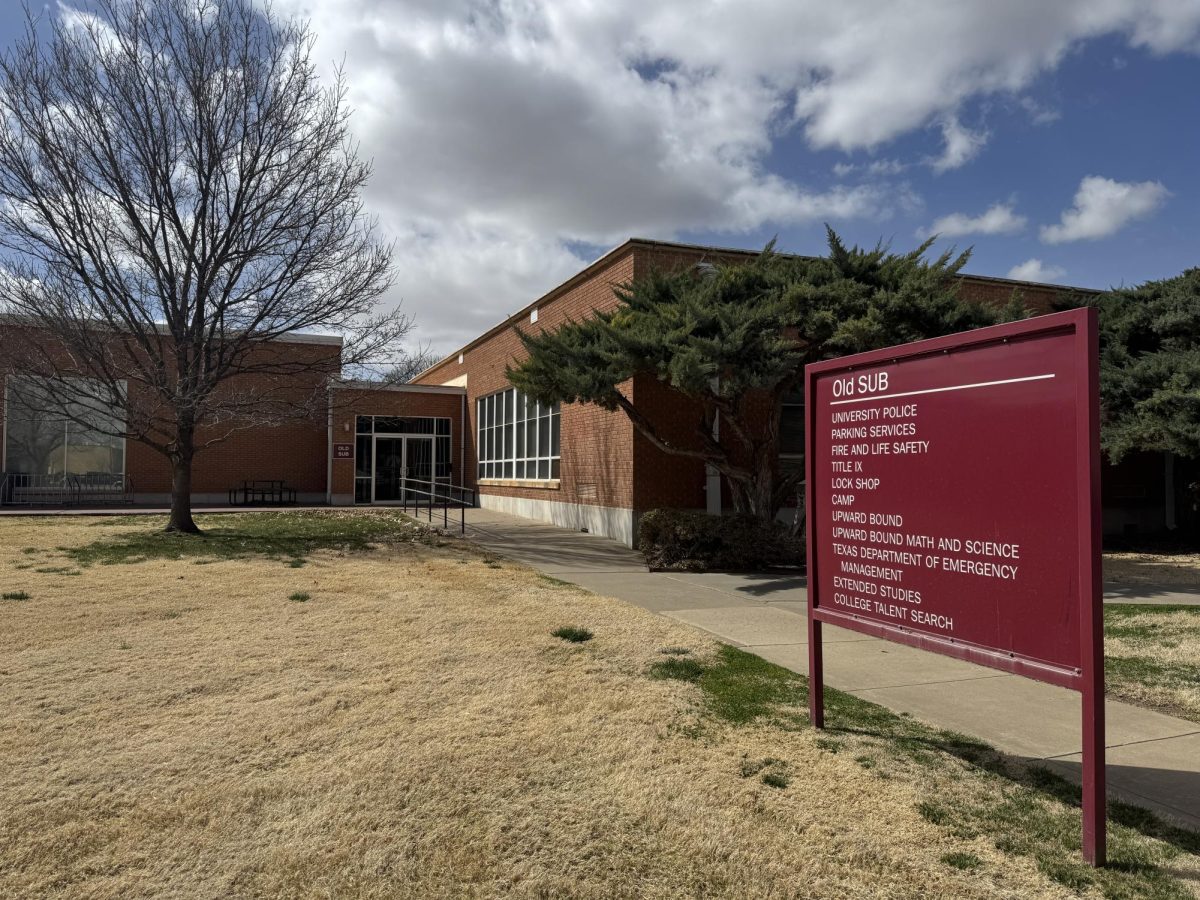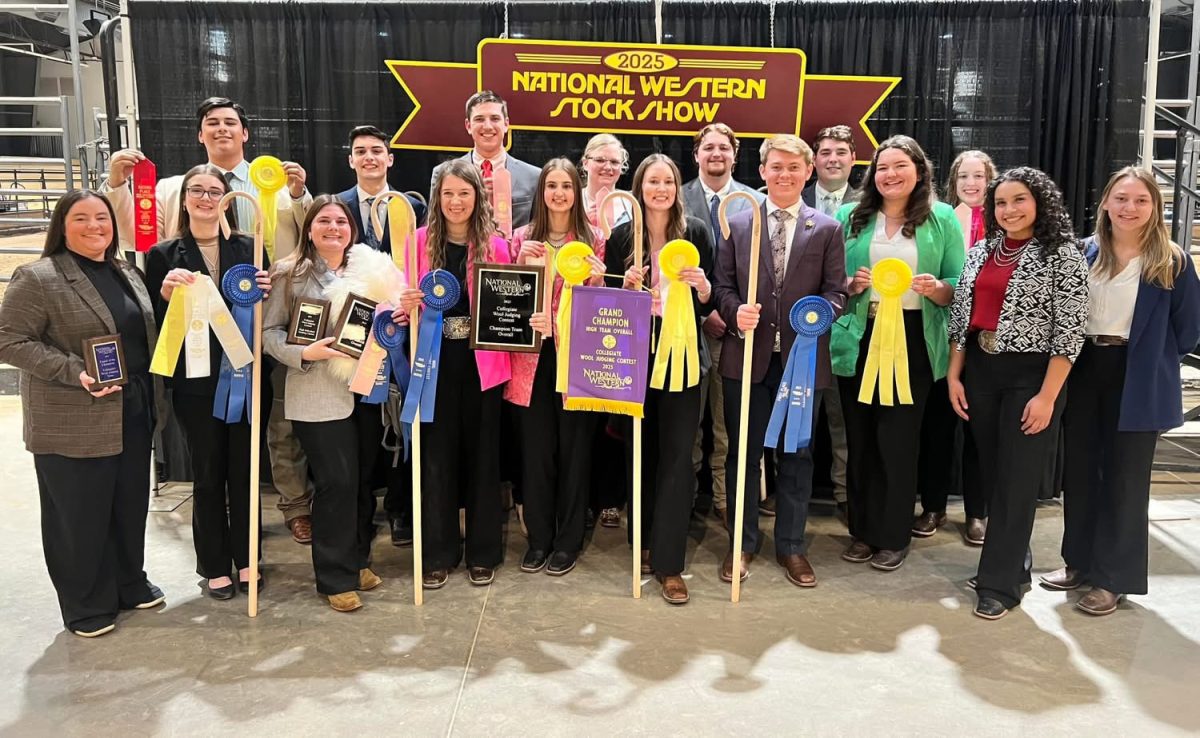
In 1977, WTAMU (then known as West Texas State University) formed an Alternative Energy Institute (AEI) to look for new alternative energy resources. The program involves research, development and design of renewable energy systems by collecting data and analysis of wind characteristics while evaluating wind turbans to yield the results.
Associate Director Ken Starcher, who has been doing research at WT since 1976, and his team of interns are working on four projects. The first project is resource assessment. This research focuses on finding the best spots for wind turbines where the wind blows the most and where the sun shines the brightest. With cooperation from the Austin-based General Land office and the State Energy Conservation office, the AEI is funded to put data sites on state-owned land at many locations throughout Texas.
“The wind and solar data is used to estimate the amount of resource that can be used,” Starcher said. “This helps state legislatures know what the resources are for the potentials for their region and can help them make better decisions for the state as a whole.”The second project that is being researched is small wind testing. These are windmills that are suited for the home size as well as businesses such as farm and ranches to help reduce cost on energy bills.
“We help Ken build the wind turbines and also with the solar panels to provide this building [AEI building] with power,” David Girou, an Engineering student from France, said. “We help with whatever they need.” Girou has come to America to perform his internship at the AEI while taking classes.
The small wind turbines are federally supported by the regional test center for the National Renewable Energy lab. The turbines will also have a certification sticker.
The third project is education, particularly teaching courses at the college level. For 25 years, students from all over the world have come to WT’s AEI for around three to six months to study the process of engineering for alternative wind and solar energy.
“They are able to get hands-on experience,” Starcher said. “They get their hands dirty. Books are great, but learning how to do it from the ground up teaches them the best way.”
The fourth project consists of two demonstrations that are being researched for the state energy office. The first is a solar panel that is going to be put up on campus north of the Palo Duro research facility, which will help supply energy for the building.
The second demonstration is a wind turbine that is out at Nance Ranch which will help reduce the energy usage. This fourth project will run for 20 years and at the end of it, it will show how much energy was generated and used by these alternative methods.
“This will not supply all of the energy, but will help it out with the energy costs,” Starcher said.
“I’m currently working on analyzing the wind turbines,” Hou Zou, a graduate student of Engineering Technology from China, said. “I examine the data we pull and see if the turbines are working right or not. The thing that attracted me to here is the renewable energy research.”



